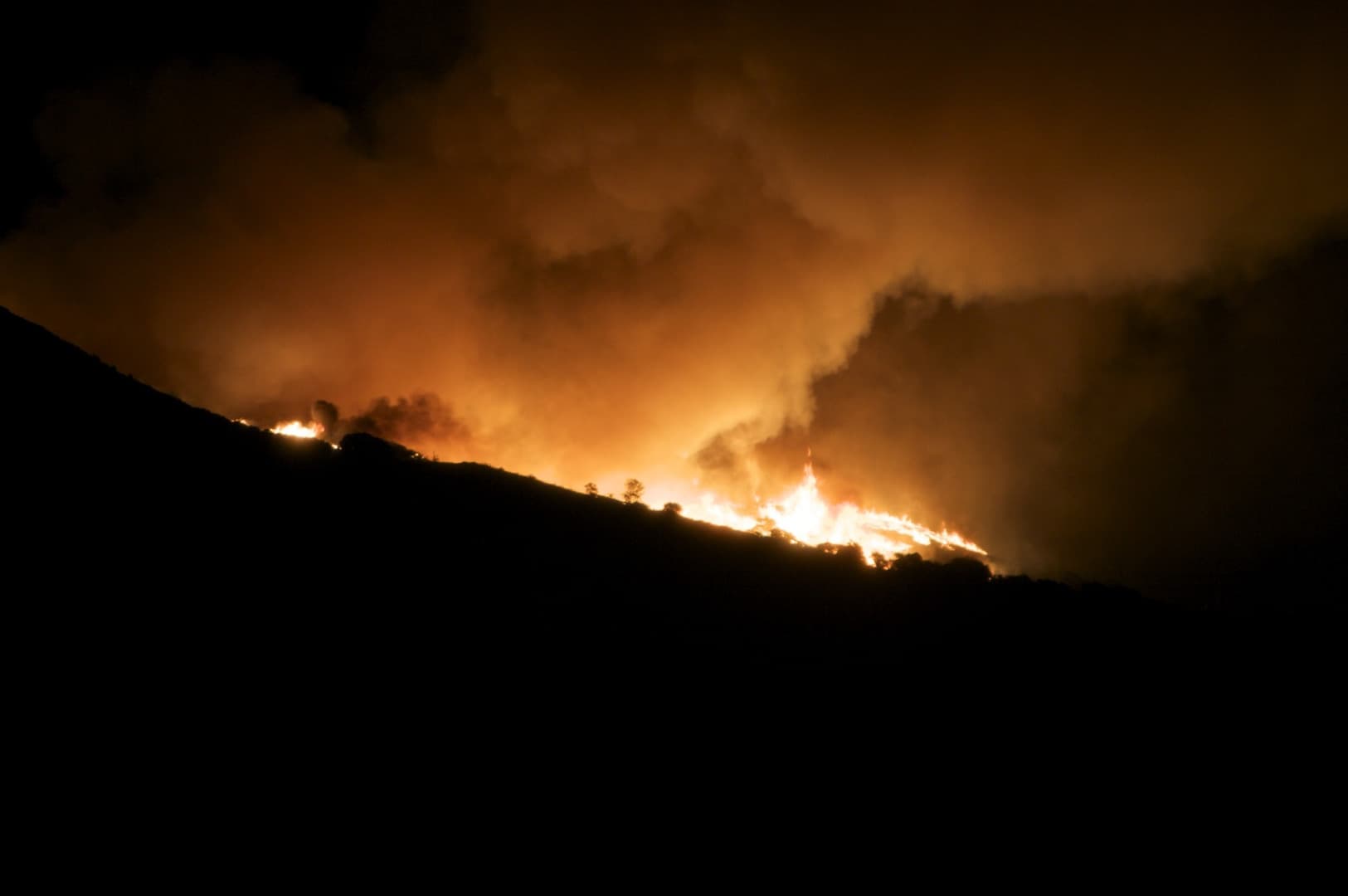Wildfire Prevention Facts and Tips
Survive The Outdoors 06.30.11

Wildfires are a major threat to our personal property and even our lives and nearly every summer one state, perhaps more is ravaged by flames ripping through its forests and dry grasses. Given this, it makes sense to educate ourselves on the nature of forest fires.
As residential areas expand into relatively untouched wilderness, people living in these communities are increasingly threatened by forest fires. Protecting structures in the wilderness itself from fire poses special problems and can stretch firefighting resources to the limit.
If heavy rains follow a fire, other natural disasters can occur, including landslides, mudflows, and floods. Once ground cover has been burned away, little is left to hold soil in place on steep slopes and hillsides.
A major wildfire can leave a large amount of scorched and barren land. These areas may not return to pre-fire conditions for decades. If the wildfire destroyed the ground cover, then erosion becomes one of several potential problems.
Danger Zones
Danger zones include all wooded, brush, and grassy areas–especially those in Kansas, Mississippi, Louisiana, Georgia, Florida, the Carolinas, Tennessee, California, Massachusetts, and the national forests of the western United States.
What is a Wildfire?
There are three different classes of wildfires. A surface fire is the most common type and burns along the floor of a forest, moving slowly and killing or damaging trees. A ground fire is usually started by lightning and burns on or below the forest floor. Crown fires spread rapidly by wind and move quickly by jumping along the tops of trees. Wildfires are usually signaled by dense smoke that fills the area for miles around.
Did you know?
- More than four out of every five forest fires are started by people. Negligent human behaviors such as smoking in forested areas or improperly extinguishing campfires are the cause of many fires.
- A prescribed fire is a fire that is purposely ignited by land management agencies under controlled conditions for specific management objectives.
- The 1991 wildfires in Oakland, California, caused 26 deaths and 148 injuries. The fires destroyed over 3,000 structures, left over 5,000 people homeless and resulted in $1.5 billion in damages.
- In 1990, hot, dry weather conditions in California contributed to brush fires in Santa Barbara County that destroyed more than 600 buildings, caused over $200 million of damage and killed one person.
- The greater Yellowstone National Park fire of 1988 destroyed or damaged private structures, including 17 mobile homes, 4 dwellings, a general store, 12 garages and outbuildings, 19 cabins, and several storage structures, and burned 1,210,730 acres of wilderness.
What Can you Do to Help?
The Connecticut Department of Environmental Protection offers these suggestions:
- Obey local laws regarding open fires, including campfires
- Keep all flammable objects away from fire
- Have firefighting tools nearby and handy
- Carefully dispose of hot charcoal
- Drown all fires
- Carefully extinguish smoking material
- Make a fire safe zone around your house. Clean flammable vegetation and debris from at least 30 feet around the house and any outbuildings
- Prune away the lower limbs of evergreens that are within the fire safe zone. Evergreens catch fire easily during dry periods and burn quickly
- Remove any limbs which overhang the roof or chimney
- Regularly remove leaves and needles from gutters
- Don’t store firewood in the fire safe zone
- Use fire resistant roofing materials
- Make sure firefighters can find and access your home. Mark your house and roads clearly, and prune away limbs and trees along your driveway which don’t allow fire truck access
- Have an escape plan– and practice it
- Follow state and local open burning laws
- Stay with outside fires until they are completely safe and dead out
- Dispose of wood ashes in a metal bucket, soaking them with water before dumping them
Lastly, if you spot a forest fire, remain calm, go to the nearest telephone and dial 911 to report the fire as quickly as possible to your local fire department. Calmly tell the emergency dispatcher when you saw it and where you saw it. Stay on the telephone until the dispatcher tells you to hang up.

